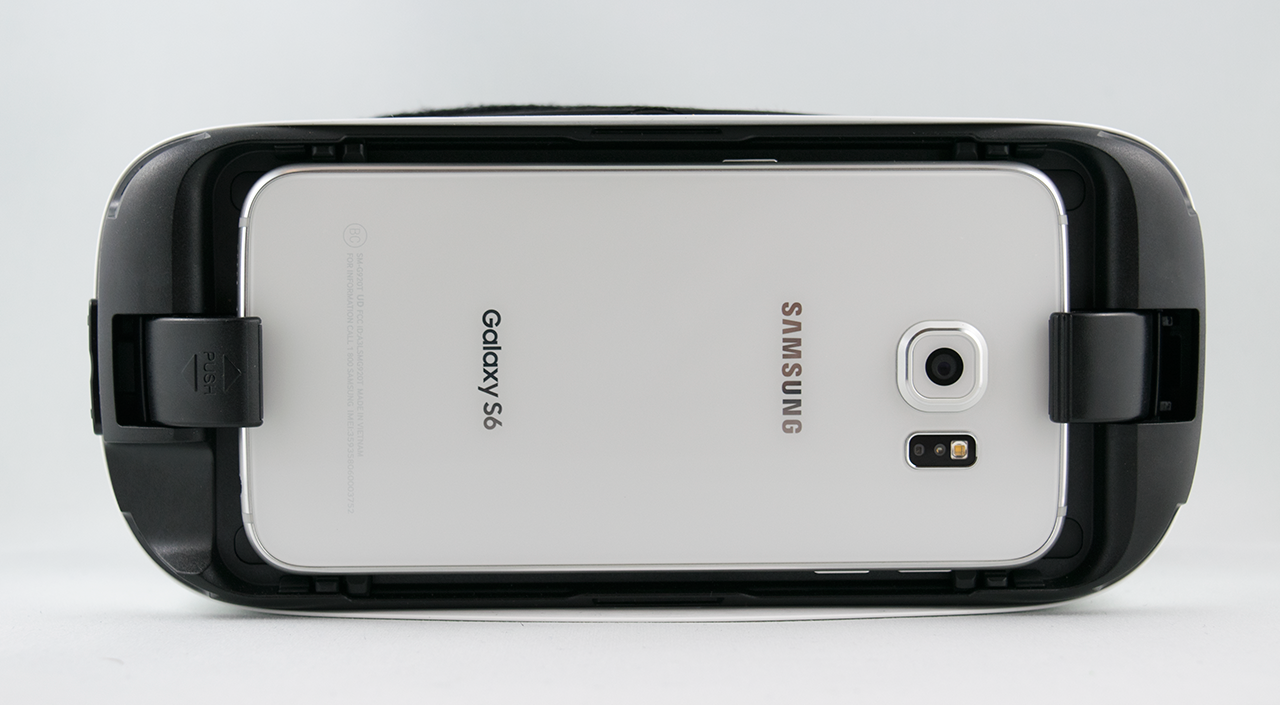Positional Tracking For GearVR Will Require More Than Just A Software Update
John Carmack, Oculus VR CTO, revealed some interesting details on Twitter about Oculus’s efforts in bringing positional tracking to the GearVR mobile VR HMD.
The GearVR is currently the best example of a VR HMD powered by a mobile device. Thanks to its marriage to recent-generation (S6 and newer) Samsung smartphones, the GearVR provides high resolution imagery, 3D spatial audio technologies, and 360-degree rotation tracking. But the device completely lacks positional tracking, which is largely what sets the Oculus Rift apart from the GearVR.
Oculus has been working on a solution for this problem, and you would be excused if you thought the company would be trying to make use of the cameras that are built into Galaxy phones, but it turns out Oculus is not taking that approach. Carmack stated that Oculus is working with dedicated cameras to build its inside-out tracking system for the GearVR. He said that positional tracking with a smartphone camera will work, but it requires a static marker. Oculus is looking for a marker-free solution to the problem, which sounds similar to the solution that Sulon boasts of the Sulon Q.
Carmack also confirmed what this information would seem to be alluding to: Adding positional tracking to the company’s mobile VR solution is going to take more than just a software upgrade. Whether that means an upgrade for the existing hardware, or an entirely new HMD, remains to be seen, but our money is on the latter. Samsung will have to get on the USB Type-C bandwagon eventually, and when that happens the company will need a new mobile HMD. It would make sense to introduce major features with a new generation HMD.
Follow Kevin Carbotte @pumcypuhoy. Follow us on Facebook, Google+, RSS, Twitter and YouTube.
Get Tom's Hardware's best news and in-depth reviews, straight to your inbox.
Kevin Carbotte is a contributing writer for Tom's Hardware who primarily covers VR and AR hardware. He has been writing for us for more than four years.


